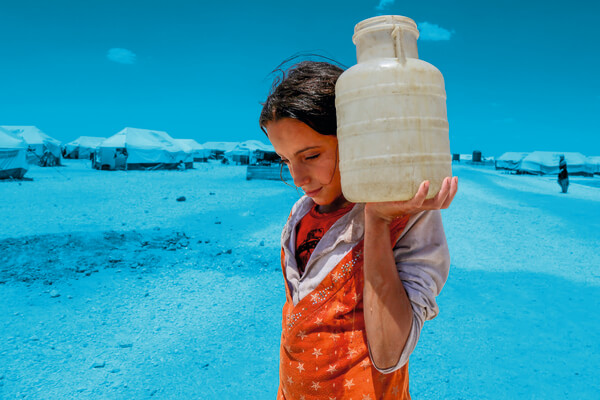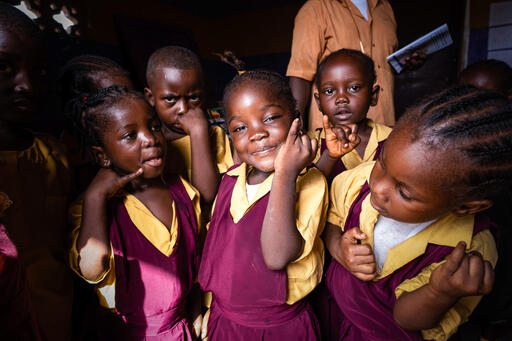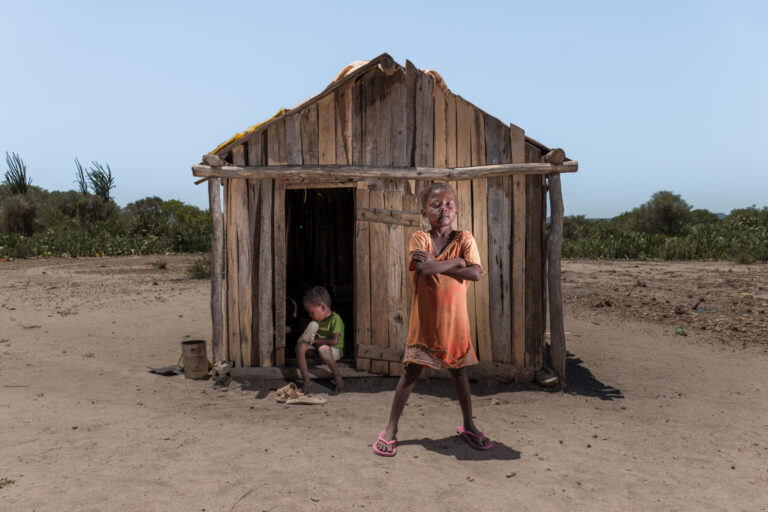In 2020, around 1 in 4 people lacked safely managed drinking water services at home. And at the onset of the COVID-19 pandemic, 3 in 10 people worldwide could not wash their hands with soap and water at home – the most basic and cost-effective way to prevent infection. The factors that drive water scarcity are complex and vary widely – they include proximity to a water source and the existence of reliable community infrastructure among others. This lack of water to meet children’s basic needs is only expected to grow and get worse through climate change. Those who will be the most impacted are often the most impoverished and the hardest to reach. They tend to live in informal urban settlements, in rural villages and in fragile contexts.
We know about the scale of the challenge of inadequate drinking water sanitation and hygiene because of data from the WHO and UNICEF’s Joint Monitoring Programme for Water Supply, Sanitation and Hygiene (JMP). The JMP maintains an extensive global database and is the leading source of comparable estimates of progress at national, regional and global levels. And the full potential of these data are still being harnessed. A recent study by the team at X (formerly Google X) and UNICEF’s Robert Bain combines climate data with JMP WASH coverage data to explore innovations in harvesting water from air using solar powered technology. The X team used Google Earth Engline to map where these technologies could be used to meet people’s daily drinking water needs. Findings show that an astounding 1 billion people could potentially be reached with clean drinking water.
We believe that data can be used to tackle the world’s most pressing challenges. With access to emerging data sources, the accessibility of data-driven technologies and the abundance of data analysis tools available to us today, the opportunities are unprecedented. This study clearly demonstrates the value of combining frontier data with traditional data sources. Robust national data and statistics from household surveys and administrative data sources used by the JMP provide a ground truth and yardstick against which to assess the potential for new and innovative solutions to meet concrete needs. No matter where they live or what their circumstance, every child has a right to clean water and when data lead the way, those rights could finally be realized.
To learn more about the findings, access the journal article in Nature, Global potential for harvesting drinking water from air using solar energy To find out more about the project itself including technical specifications, see the blog post by the team at X.


